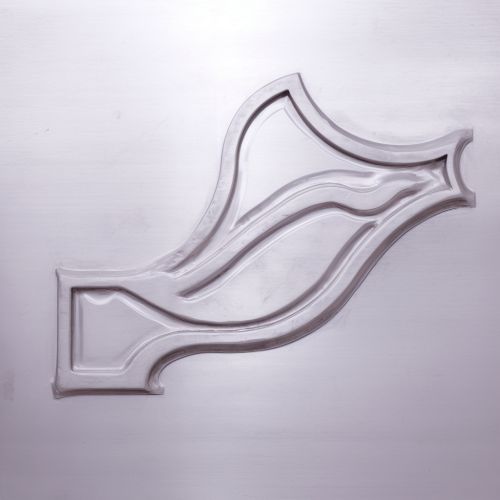Ilium
Anatomy
The ilium is the largest of the three parts of the hip bone, or os coxae, the others being the ischium and pubis. It is broad and expansive, especially in the upper part, where it contributes to the formation of the acetabulum – the socket for the head of the femur. The ilium consists of a body and a wing, with the wing being the large, fan-shaped portion that can be felt just below the waist.


Body of the Ilium
The body of the ilium forms the lower and posterior part of the hip bone and contributes to the acetabulum. It is shorter and thicker than the wing. The inner surface of the body presents a large, smooth, concave area known as the iliac fossa. This area is covered in life by the iliacus muscle, which originates here and joins the psoas major to form the iliopsoas – the primary flexor of the hip.
Wing of the Ilium
The wing of the ilium is the large, flat part that gives the hip bone its butterfly-like shape. It is marked by three lines: the posterior, anterior, and inferior gluteal lines, which serve as attachment points for the gluteal muscles. The upper edge of the wing, known as the iliac crest, is a prominent structure that can be felt beneath the skin and serves as an attachment point for several muscles, including the external oblique and latissimus dorsi.
Clinical Significance
The ilium is often involved in various medical conditions and procedures. For instance, fractures of the ilium can occur as a result of high-impact trauma, such as car accidents or falls from significant heights. These fractures can be complex and may involve other parts of the hip bone or the nearby sacrum.
In addition to fractures, the ilium can also be affected by diseases such as ankylosing spondylitis, a type of arthritis that primarily affects the spine but can also involve the hip joint. In this condition, inflammation can lead to the fusion of the sacroiliac joint, causing stiffness and pain in the lower back and hips.
The ilium also plays a crucial role in hip replacement surgery. The acetabulum, which is partly formed by the ilium, is replaced with a prosthetic socket in this procedure. The success of the operation largely depends on the correct positioning of this socket in the ilium.
Evolutionary Significance
In the course of human evolution, the ilium has undergone significant changes. In early hominids, the ilium was flared out to the side, providing a large surface area for the attachment of muscles used in climbing. However, as hominids began to walk upright, the ilium became shorter and more bowl-shaped, providing stability and balance during bipedal locomotion.
This change in the shape of the ilium is one of the key features that distinguish humans and our immediate ancestors from other primates. It is also one of the features that paleoanthropologists look for when identifying fossil hominids and determining their locomotor habits.
